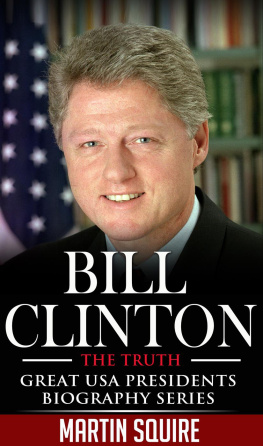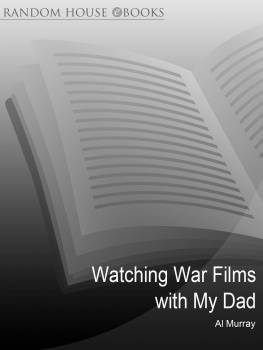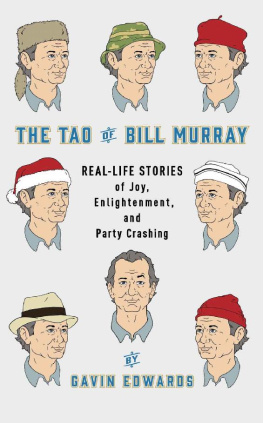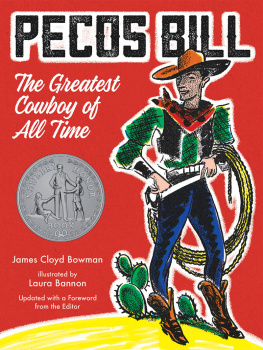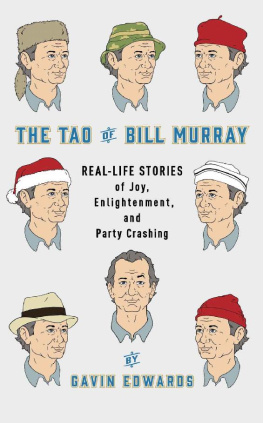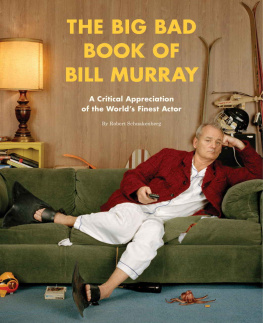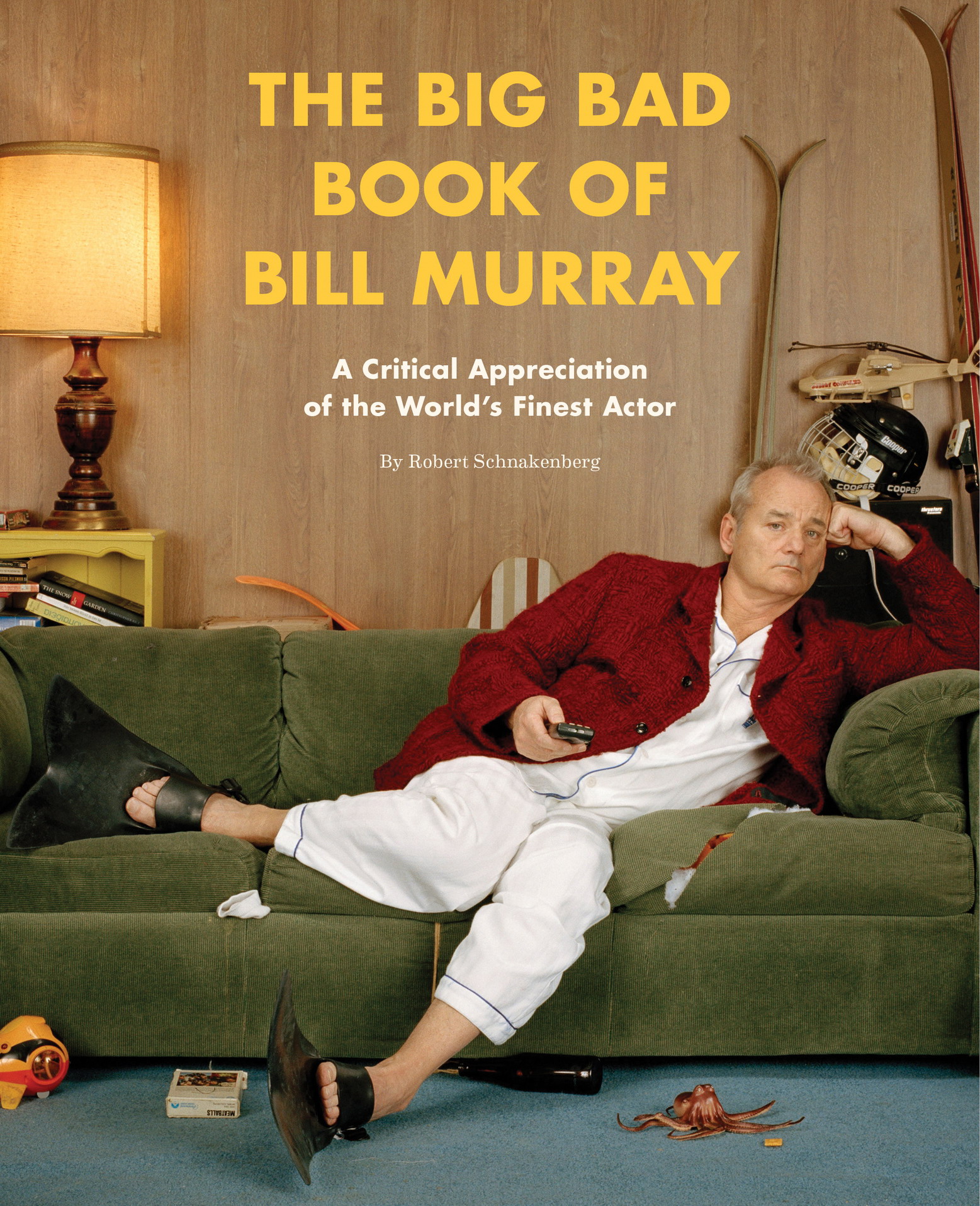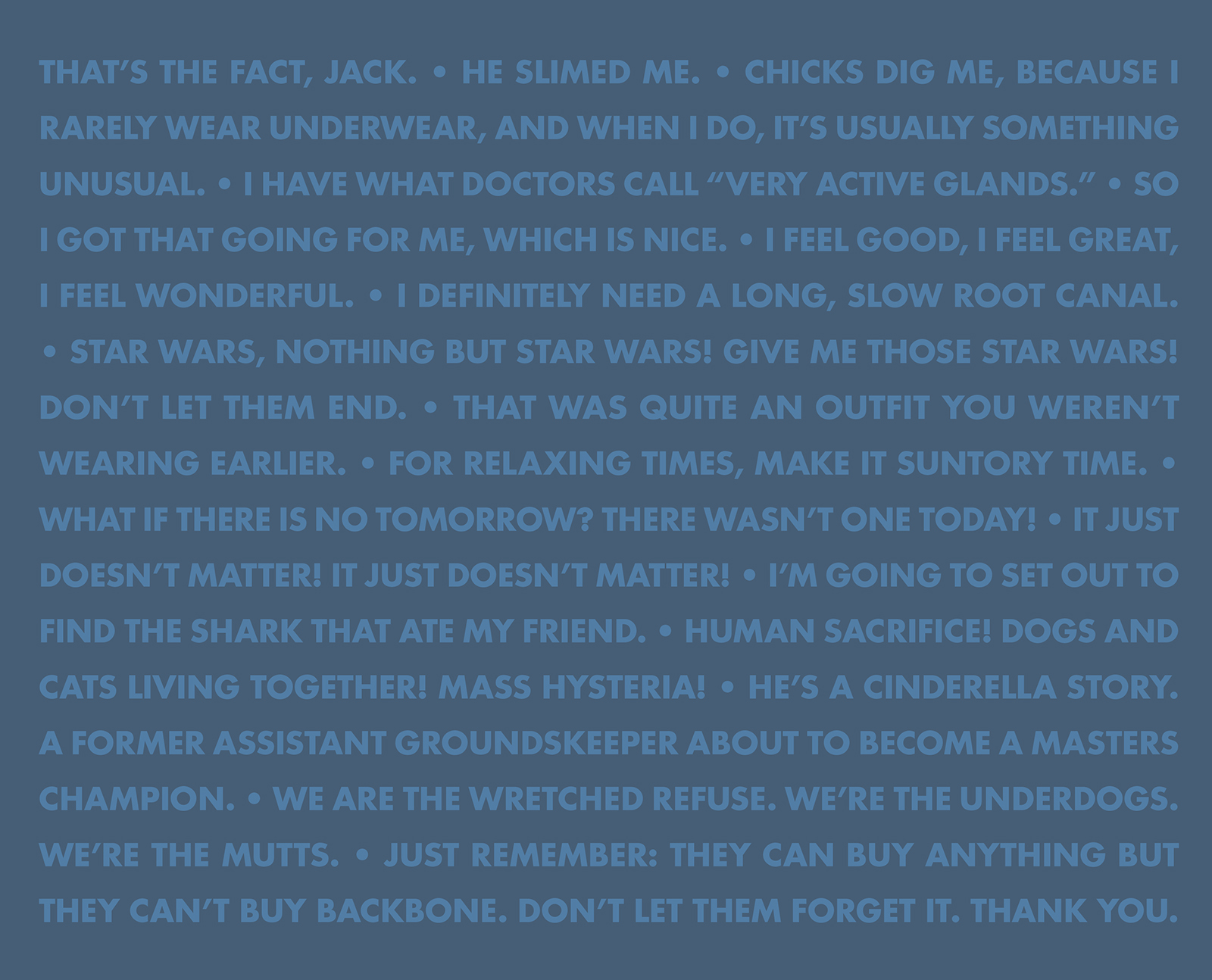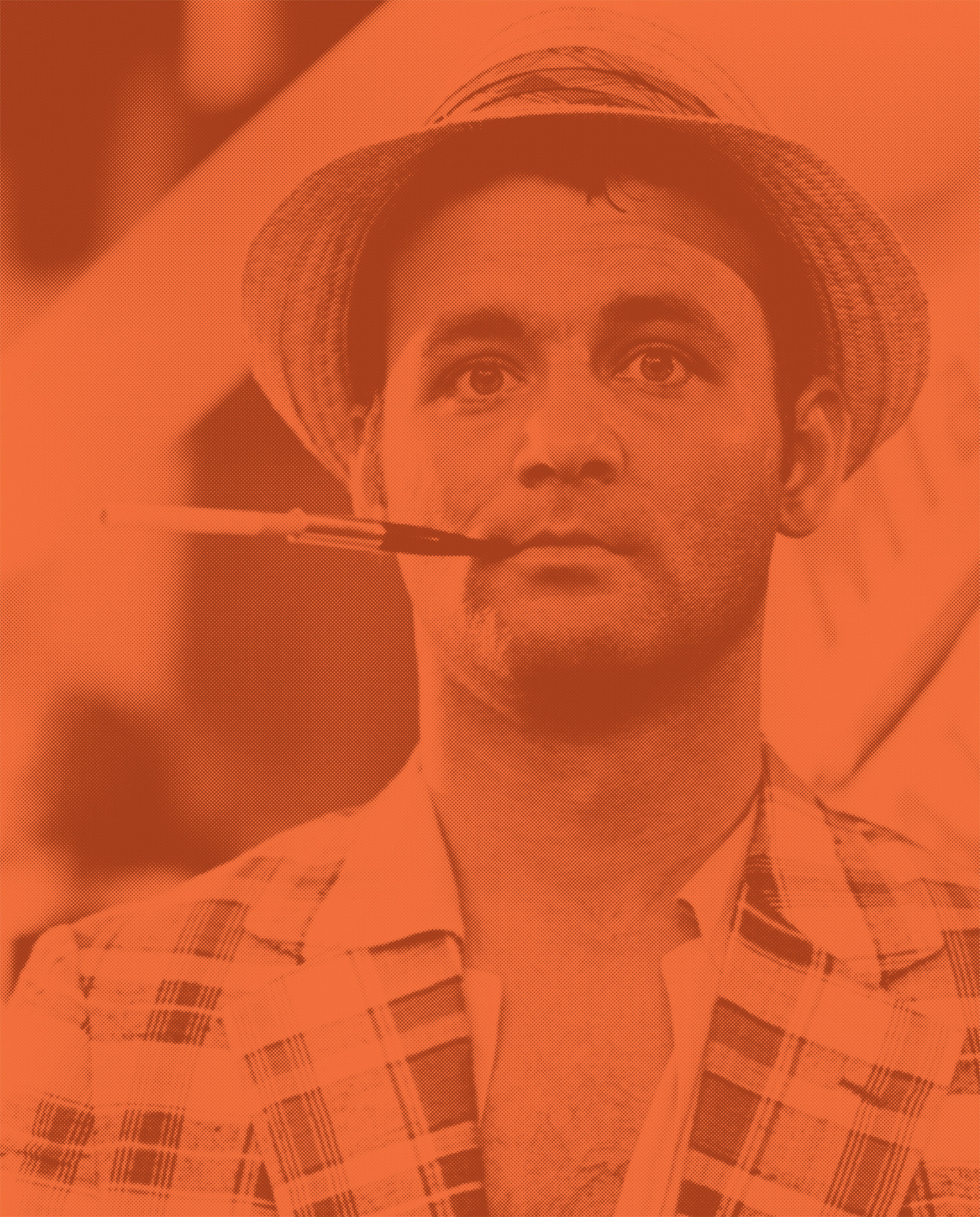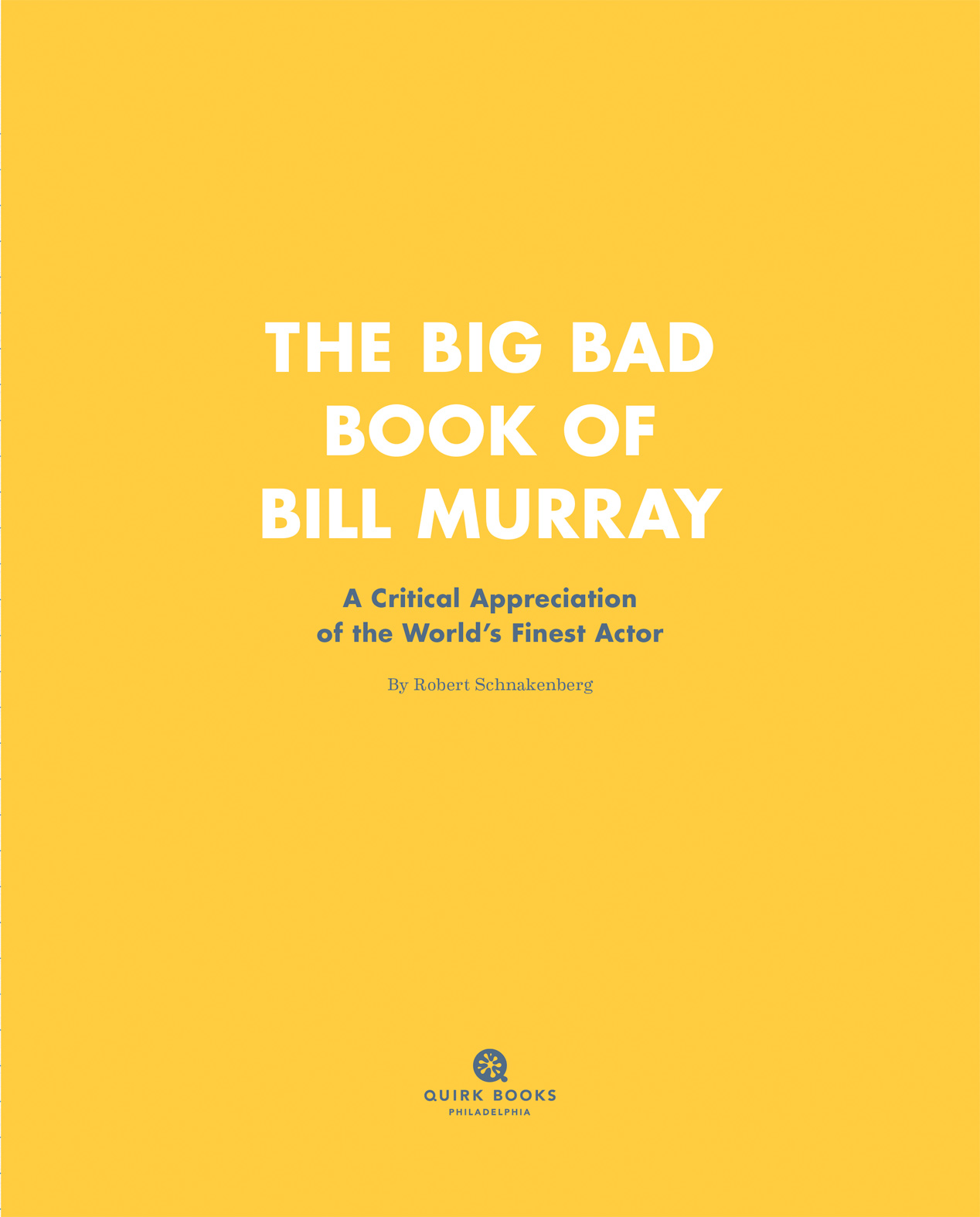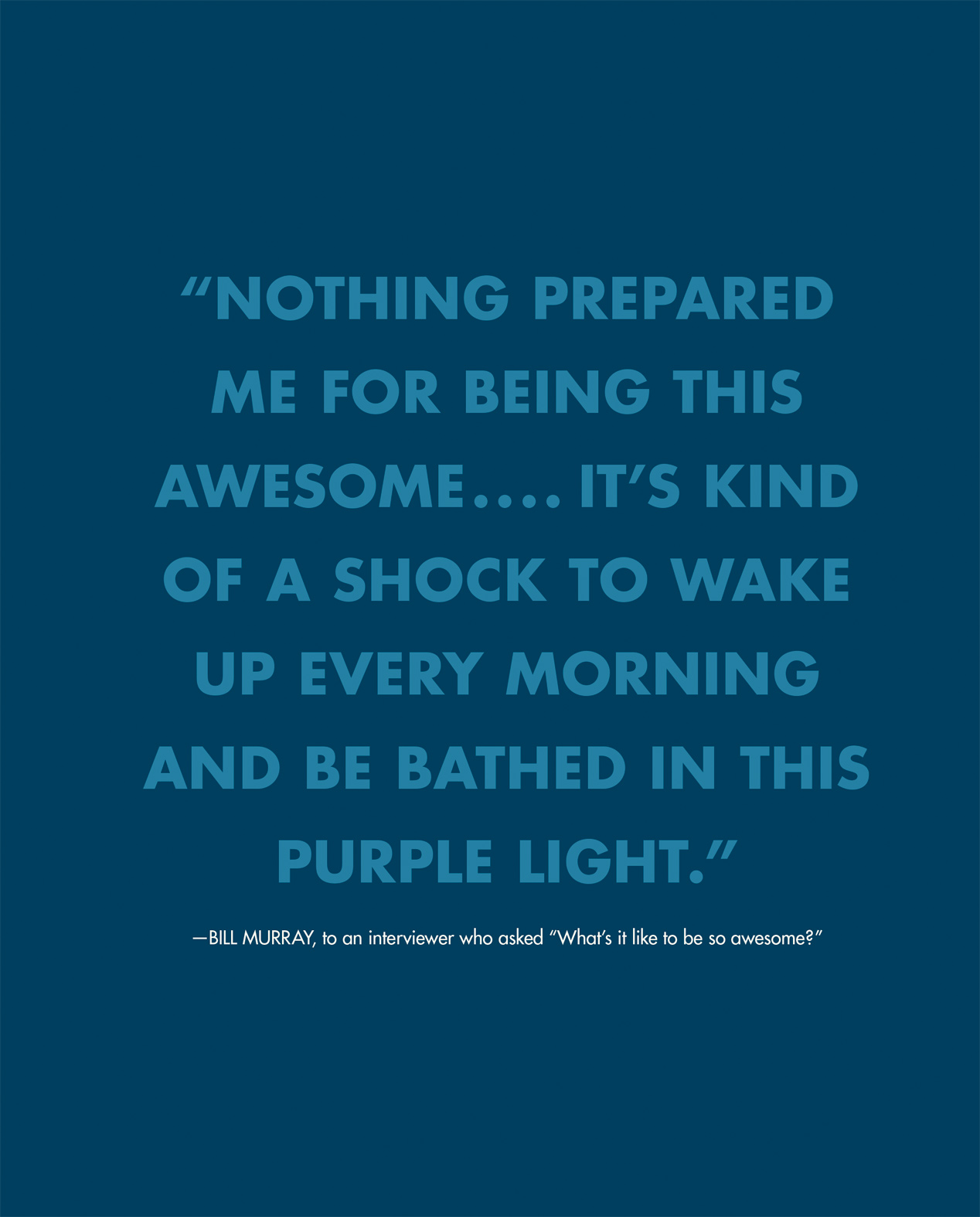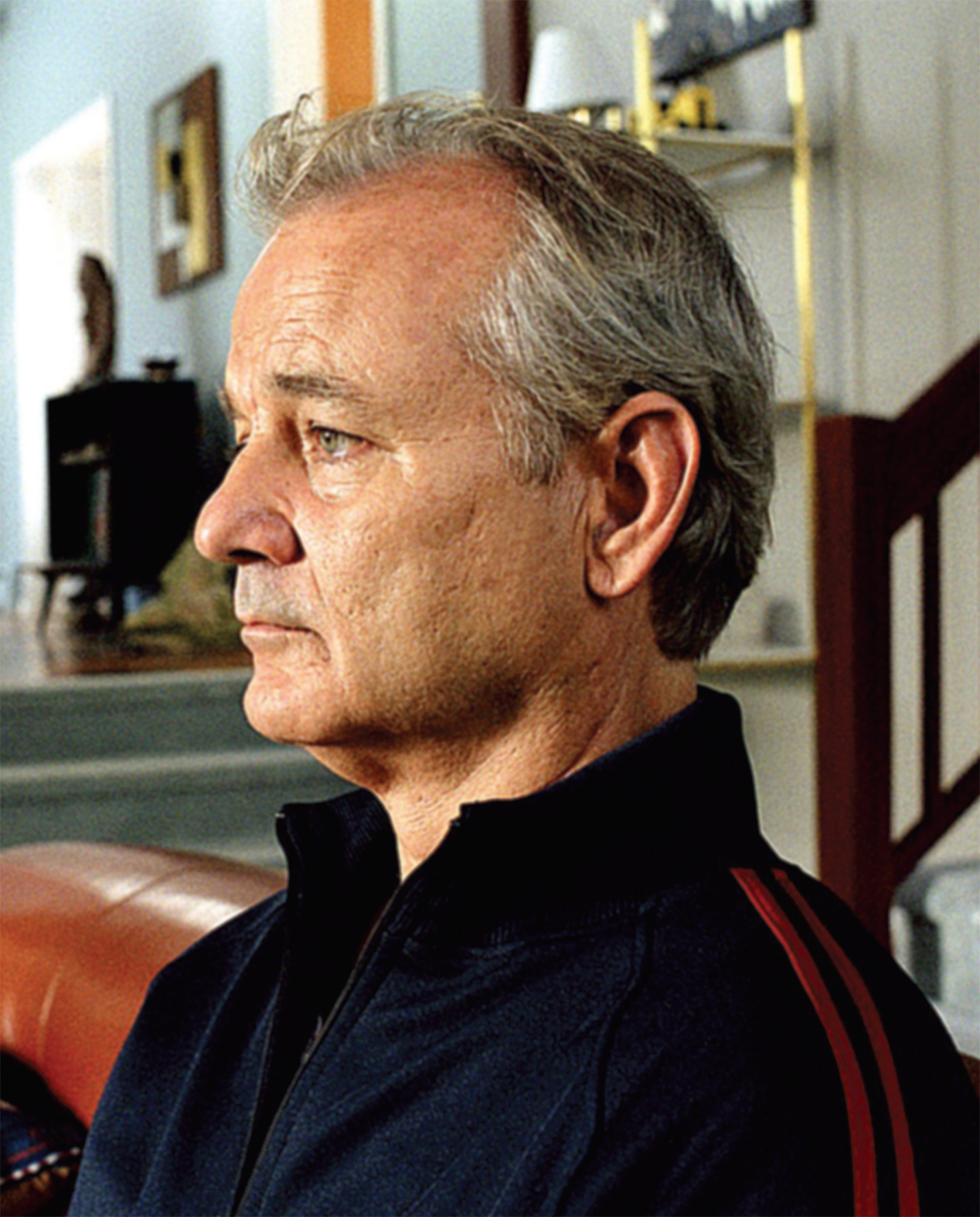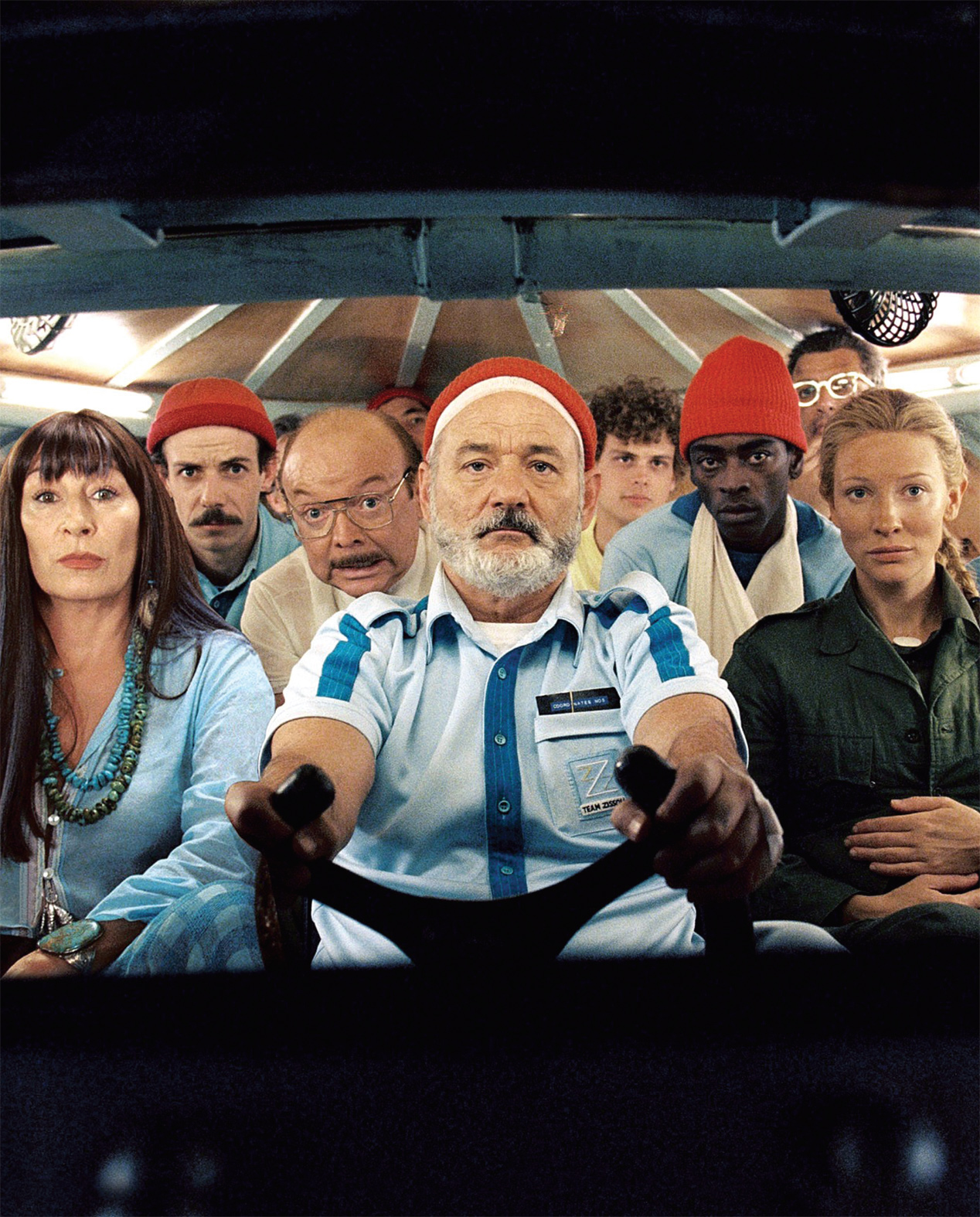Id like to thank the following people for agreeing to be interviewed for this project:
Peter B. Lewis, Tom Schiller, Sean Kleefeld, Luke Franois Murray, Robert Michelson, Andrew Madigan, Jay Cronley, Dean Poulos, Jeff Santo, Joe Nicchi, E. J. Rumpke, Raheel Gauba, Vadim Birstein, David Walton Smith, Gary Lachman, and Larry Basil.
The inimitable James Robert Parish provided crackerjack research assistance.
Finally, many thanks as always to Jason Rekulak, Andie Reid, Jane Morley, Nicole De Jackmo, Eric Smith, and everyone else at Quirk Books. That is one nutty publisher.
Despite the authors best efforts, this unauthorized biography was produced without the direct involvement of Bill Murray. Nevertheless, we have taken every precaution to ensure the information contained herein is accurate and correct. A list of sources begins .
You may seek it with thimblesand seek it with care;
You may hunt it with forks and hope;
You may threaten its life with a railway-share;
You may charm it with smiles and soap
(Thats exactly the method, the Bellman bold
In a hasty parenthesis cried,
Thats exactly the way I have always been told
That the capture of Snarks should be tried!)
LEWIS CARROLL, The Hunting of the Snark
BILL MURRAY seems to be everywhere these daysor at least he seems capable of turning up anywhere at any time. According to a widely disseminated urban legend, hes liable to pop up behind you as youre reading this. Hell put his hands over your eyes, or give you a noogie, then whisper that no one will ever believe you if you try to tell them what youve seen. Hes like a mischievous Keyser Sze.
There are websites devoted to chronicling Murrays sudden public apparitionsfrom sandlot kickball games to drunken bachelor partiesand entire Twitter accounts made up of impromptu photographs taken with him in airport lounges, hotel lobbies, and minor league baseball stadiums. Its hard to remember a time when he was just a famous actor and not the worlds most celebrated gatecrasher.
Yet for all his ubiquity, we know very little about the real Bill Murray. Like Lewis Carrolls elusive Snark, his true nature remains shrouded in mystery. Although hes been an internationally recognized star for more than thirty years, no one has tried to publish a book-length biography about him. Murrays own 1999 memoir, Cinderella Story , was written with tongue planted firmly in cheek. It is a rough roadmap to his early life, but its hardly comprehensive. And God help the humble researcher trying to arrange an interview with him. Murray stays zealously cloaked behind his fabled 800 number, which restricts telephonic access to a few close friends and Hollywood insiders. Believe me, I know. I tried to contact nearly every one of them. No one is giving up those digits.
In a way, it feels like Ive been stalking The Murricaneas hes known among his intimatesmy whole life. Im old enough to have watched the arc of his career. When I was a child, it was considered bad form to show up to school on Monday mornings without having memorized that weekends Saturday Night Live sketches. While most kids gravitated toward tentpole recurring characters like the Coneheads or Roseanne Roseannadanna, I found myself mesmerized by the subtler work being done by a certain mustachioed newcomer from Chicago who replaced Chevy Chase. Over the course of Murrays three and a half seasons on SNL , a handful of his one-shot characters imprinted themselves indelibly in my comedy consciousness: a crazed Richard Dawson bellowing Show me Romaine Lettuce! during a parody of Family Feud ; the oleaginous host of the Mexican game show Quin Es Ms Macho? ; and his exquisite Earl of Sandwich in the Lord and Lady Douchebag sketcharguably the high-water mark of the shows forty-plus-year run, if not of the history of American humor.
As I grew older, my tastes (hopefully) matured. Lo and behold, so did Murrays. He graduated from the exuberant juvenilia of Meatballs to the existential mind-tripping of Groundhog Day . He drew on an untapped well of pathos in Rushmore and became the embodiment of middle-aged loneliness in Lost in Translation . In interviews, he was less snarky and more gnomic; the stories about his private behavior involved fewer drunken escapades and more Zen pranks. Before my eyes, Bill Murray became the rare celebrity who got more interestingand more mysteriousthe longer he was in the public eye. He was a fascinating jigsaw puzzle, begging to be solved.
The Big Bad Book of Bill Murray is the closest we may ever come to a written record of the Murricanes life, career, and philosophy. Using insights derived from published accounts and Murrays own on-the-record utterances dating back to the mid-1970s, I have tried to create a complete contextualized picture of the man, his work, and his unique approach to life. Included are Murrays observations on everything from the afterlife to underwear, Mark Twain to Mr. Magoo. I interviewed more than a dozen of Murrays colleagues and associates for this project, from high school friends to Hollywood screenwriters. I even spoke to his body double, who told me stories of on-set antics Id be scared to repeat even if I could corroborate them. All of them supplied insights that greatly enriched my understanding of the man, his movies, and the personal and professional choices he has made.
For the record, no one I spoke with had an unkind word to say about Bill. As a matter of fact, time and again, the portrait his friends painted looked an awful lot like the image of Bill Murray we know from photo-bombs: the rumpled, wisecracking rapscallion with an impish gleam in his eye. The guy whose bear hugs and bawdy jokes enliven any party he deigns to crash.



